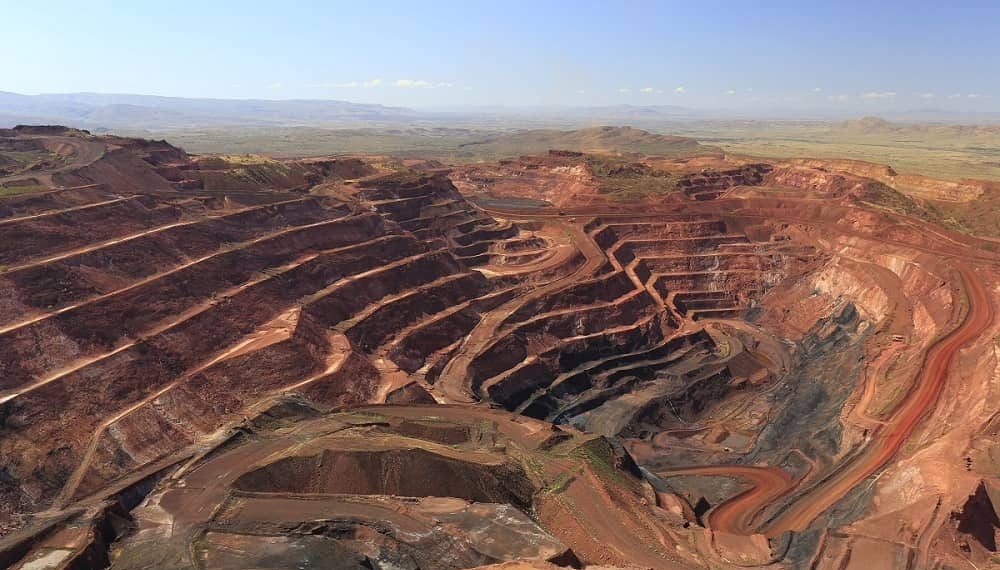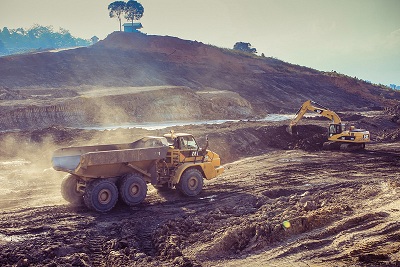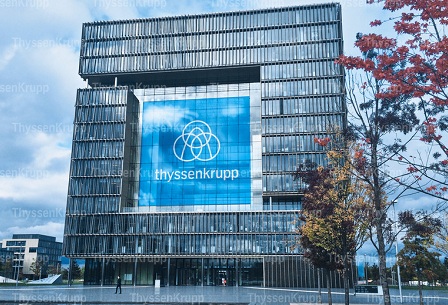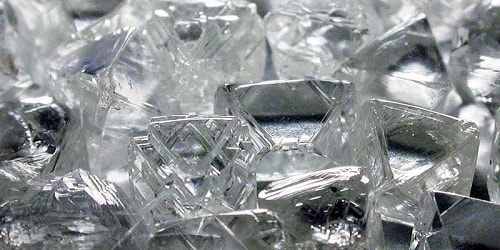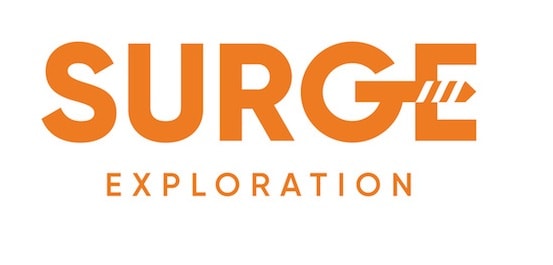Carajás Mine, the world’s largest iron ore mine, is located in the state of Para in Northern Brazil. Fully owned by Brazilian miner Vale (CVRD), the mine holds 7.2 billion metric tons of iron ore in proven and probable reserves.
The Carajas region boasts the richest reserves and concentrations of iron ore anywhere in the world and was discovered entirely by accident in the late 60s when a US Steel Helicopter was forced to land on a hill in the area to refuel. Surveyors on board noted the baron state of the hill and subsequently discovered that the iron content was as high as 66%.
Other mineral deposits were discovered later; Carajás is rich not only in iron ore but also ores for manganese, copper, tin, aluminium and even gold.
The mine will implement a complete truckless transport system and other automation systems in order to reduce emissions and fuel costs. ABB was awarded a $103m contract in September 2014 to install electrical and automation systems to help move rock and ore around the mine site more efficiently and safely using the truckless system.
Carajás iron deposit and mine development
“The Carajas ores are found within Archaean iron formations.”
US Steel initially wanted to develop the Carajás iron deposit alone but the Brazilian Government was unwilling to hand control over to a foreign company.
In 1970 the Brazilian government opted instead to create a joint venture company, Amazonias Mineração (AMZA), of which 51% was owned by Vale and 49% was owned by US Steel.
US Steel subsequently withdrew from the joint venture in 1977 by selling its share to Companhia Vale do Rio Doce (CVRD) for $55m. Vale produced 237.9Mt of iron ore at the Carajas Mine for 2009, against 301.7Mt in 2008.
Brazil is currently the world’s largest exporter of iron ore with annual production of over 510Mt.
Carajas iron ore mine expansion
In 2007, Vale approved an expansion project of the Carajas mine. The $2.48bn project, Carajas 130, would add 30 million tons a year to the current capacity of 100m tons a year. In 2009, $798m was diverted towards the project. The project was to include the construction of a new plant including primary crushing, processing and classification units.
Significant investments in logistics were also made. Originally scheduled for completion in the second half of 2009, the project was postponed.
To compensate for the delay in the completion of Carajas 130 project, another 10Mt/y brownfield project was constructed in the northern range of Carajas. The project, completed in the first half of 2010, increased the capacity of the iron ore beneficiation plant by 10Mt/y.
Carajás geology and iron ore reserves
The Carajás ores are found within Archaean iron formations. The volcanic sequence has been weathered to a depth of between 100m and 150m, while oxidation is observed to a depth of up to 500m in the BIFs of the ore zone.
“Vale produced a record 296 million metric tons of iron ore at the Carajas Mine for 2007, a 12% rise on 2006.”
The upper 80% of the reserve comprises a soft, friable enriched limonite near surface passing down into hematite to a vertical depth of around 300m. Hematite rich, but harder and more siliceous pods occur within the soft hematite, but also as a transition to the un-enriched BIF at depth.
The Carajás District contains known reserves of the order of 18 billion tons with an average grade of 65.4% Fe.
The reserves are distributed in a number of deposit groups, the largest of which is the North Range with – 6,200Mt @ 65.8% Fe, 0.038% P, 1.0% SiO2, 1.05% Al2O3, 0.45% Mn, 0.01% S, 0.02% KO, 0.03% Na2O and 1.88% LOI. The other reserves include: South Range, 35km to the south – 10,400Mt @ 66.3% Fe; East Ridge – 400Mt @ 65.9% Fe; and South Felix Ridge – 600Mt @ 62.8% Fe. The current production contains < 1% Al2O3, < 1% SiO2, < 0.03% P2O5 and < 0.3Mn, with about 10% lump and 90% fines.
The Carajás District contains 7.2 billion metric tons of proven and probable reserves as of 2009 estimates.
Open pit mining at Carajas
The operation utilises an open pit mining complex with an initial capacity of 35 million tons a year (tpy) – soon to be extended – a deep-water port near the city of Sao Luis, in the Northeastern State of Maranhao, with a handling capacity of vessels of up to 280,000dwt, and a single track 1.6m gauge railway line of approximately 890km interconnecting the mine to the port.
Iron ore production at Carajas
Vale’s iron ore production for 2013 at Carajas was 104.88 million metric tons, a decline of 1.8% from 2012.
In January 2012, Vale also obtained the operation license for the N5 Sul pit, which allows accessing the new ore body in the N5 mine of Carajas. The new ore body is believed to have the highest ferrous content within Vale’s portfolio.
The Additional 40 Project, which became operational in the second half of 2013 and reached full capacity in the first half of 2014, expanded iron ore production at the mining complex by 40 million metric tons per annum. Vale targets to produce 120 million metric tons of ore from Carajas in 2014.
Future development plans for Carajas iron mine
A major project called Carajás Serra Sul S11D Iron project for the expansion of mining and processing at the Carajás Mining Complex is under construction. It involves a total investment of $19.67bn, including $8.08bn for installing the new mine and processing plant, and $11.59bn for the logistics infrastructure. The project received environmental approvals in July 2013. It is expected to generate up to 2,600 jobs once operational.
The S11D project is the largest Greenfield project in the iron ore industry. A consortium of SNC Miner Consult and WorleyParsons Edmonton is providing detailed engineering services for the project.
In a positive development for the S11D Iron project, Vale received the installation license for the expansion of the Carajás railroad (EFC) that links the company’s mining operations in the state of Pará with the Ponta da Madeira maritime terminal in the state of Maranhão, Brazil. It includes 504km of rail works and the duplication of 226km of railway.
Delivery of initial components for the project began in March 2014 and construction is in progress. Upon its expected completion in 2016, the Carajás S11D Iron project will produce and supply more than 90 million metric tons of iron ore per year. It will help to further consolidate the position of Vale in the global iron ore market.
ABB was awarded a $140m contract to supply and install automation and electrical equipment at the new S11D processing plant. ABB was also contracted earlier, in September 2012, to install and commission the primary transmission substation for the S11D project.



